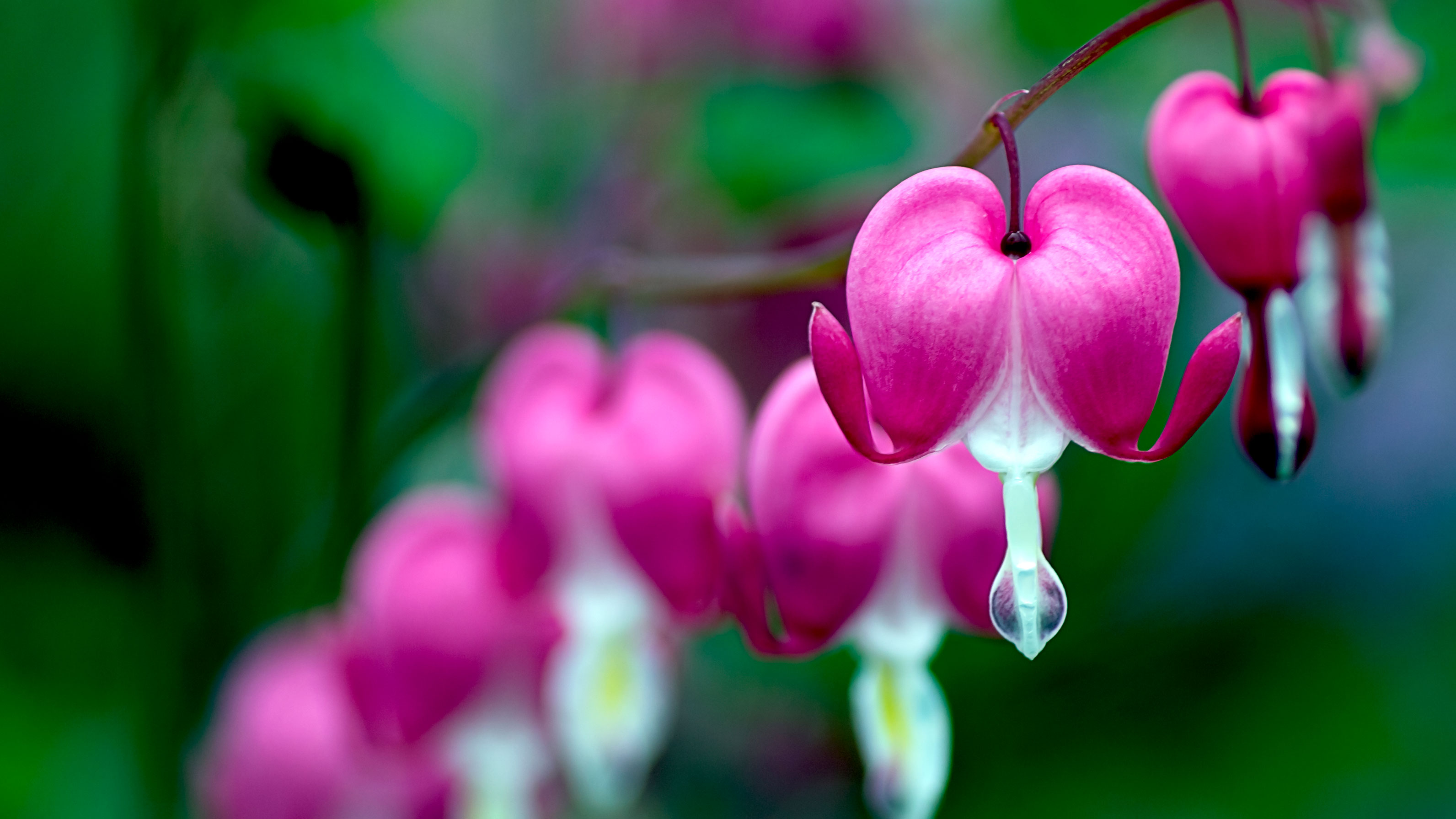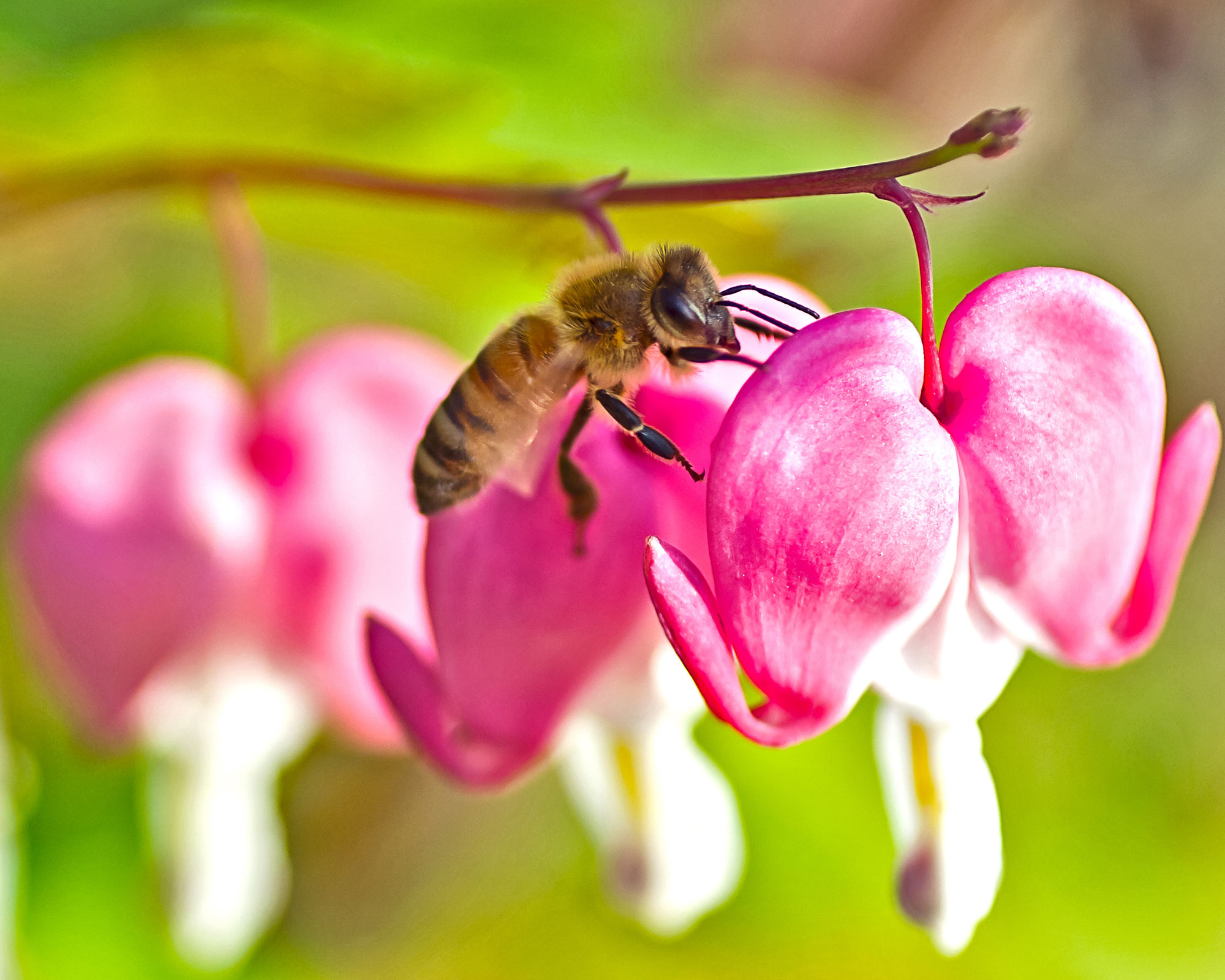
With their heart-shaped blooms dangling like tiny lockets from long stems that arch up and over lacy foliage, dicentras – or bleeding hearts, as they are more familiarly known – have long been a gardener’s favorite. The distinctive flowers are a combination of two swollen outer petals surrounding smaller inner petals that are in turn fused around the anthers, the whole combining to look like a bleeding heart.
Ground-hugging and shade-loving dicentras appear from late spring to early summer, in shades of red, pink, purple, white and yellow. Bleeding hearts are garden stalwarts: a few begin to bloom as early as March, although most get going in mid-April or May. Some only flower in late spring and early summer, but many re-flower in fall and a few good sports bloom non-stop from May until the first frosts. This is similar to pruning lilac and other flowering shrubs that grow on the previous year's growth.
They return year after year, even in a cold garden, but is knowing when to cut back bleeding hearts crucial for a yearly return?

Can bleeding hearts be cut back?
Bleeding heart plants are perennials, so while deadheading is certainly useful for a neat garden, pruning and cutting back is not always necessary.
While their foliage dies back with the front, their rhizomatous roots survive through the winter and put up new growth in the spring. It is because of this yearly dieback, that cutting back a bleeding heart to keep it in check is not always necessary for continued growth.
However, the bleeding heart will die back naturally each year before the winter frost, and it’s important to cut back the dying foliage at the right time to keep the plant as healthy as possible. Other plants that benefit from deadheading include zinnias, dahlias, and coneflowers.
When should you cut back bleeding hearts?
You do not really need to deadhead or cut back dicentras, however, many gardeners will choose to do so in order to keep their flower beds and plots looking neat and tidy. It is important to remember not to cut back foliage while it is still green and gathering the energy it needs to thrive. Cutting it back at the wrong time will make the plant weaker and smaller the following spring.
If you do decide to cut back bleeding hearts for the winter, you should only do so after the foliage has completely died back in late summer or fall.
Keep in mind that bleeding hearts are suited to USDA Hardiness Zones 3 through 9, which can clearly have wildly different weather in terms of the temperature range in the winter.
How to care for bleeding hearts
Ensure that plants never dry out in their first spring and early summer. In hot summers, plants of North American bleeding hearts in particular may enter a dormant period, but in autumn, especially, with good rainfall, a second period of blooming may occur.
When the plants begin to look tired and dry they can be snipped over and the dying top growth added to the garden compost.
A mulch of weed-free garden compost or other soil improver will help keep the roots cool and moist. Apply in the fall as your bleeding hearts may be interplanted with spring bulbs and the mulch needs to be in place before the bulbs start to emerge.
Make sure to water them often if the soil is dry.







